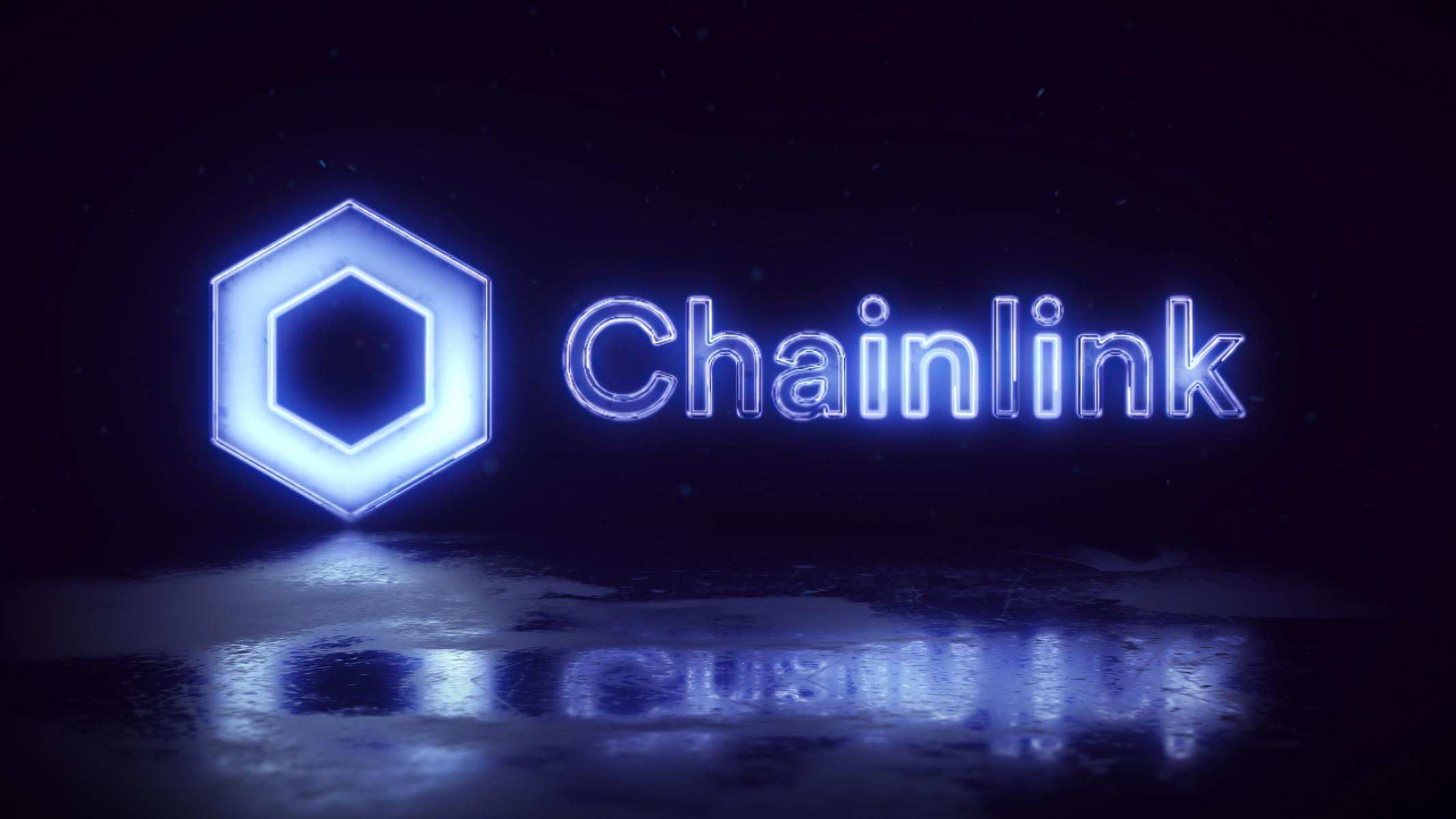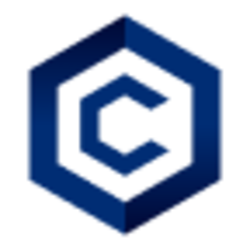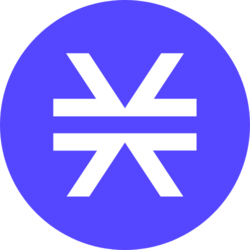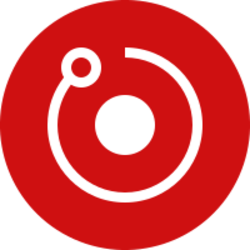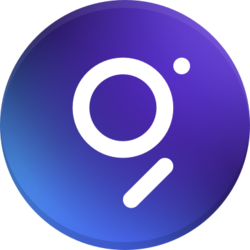- Chainlink’s secure oracles are essential for verifying off-chain data in asset tokenization, ensuring transparency and reliability.
- Proof of Reserve validates the backing of tokenized assets, preventing fraud and enhancing investor confidence.
In a recent report by Coalition Greenwich, the potential impact of tokenization on derivatives trading has been underscored. The report highlights the transformative potential of tokenization, particularly in streamlining trading and clearing workflows for asset managers. However, asset tokenization’s success hinges on external data’s reliability, a challenge effectively addressed by Chainlink’s secure oracles.
“For end users, tokenization ranked as the biggest potential game-changer for the trading and clearing workflow,” stated @CoalitionGrnwch in a derivatives industry report.
They note that for large asset managers, “The transformation of financial assets into tokens and the use… pic.twitter.com/4CXoRoWfOr
— Chainlink (@chainlink) April 2, 2024
According to the report, converting financial assets into tokens and utilizing distributed ledger technology could significantly enhance efficiency and reduce costs. This technology can potentially revolutionize managing and transferring financial assets, particularly for large asset managers.
In asset tokenization, the accuracy of off-chain information is paramount. Chainlink’s decentralized verification service, known as Chainlink Proof of Reserve (PoR), plays a pivotal role in ensuring the integrity and security of tokenized assets. By relaying off-chain data onto the blockchain, Chainlink PoR offers unparalleled transparency, providing users with verifiable information crucial for asset valuation and collateralization.
Leading tokenization projects like OpenEden, Backed Finance, TUSD, and Cache Gold have already integrated Chainlink PoR to bolster transparency and security. With Chainlink’s technology, these projects can verify the reserves backing their tokenized assets, mitigating the risk of fraudulent activities like infinite mint attacks. Moreover, Chainlink PoR facilitates cryptographic guarantees, ensuring that newly minted tokens are backed by adequate reserves, thereby safeguarding the integrity of the tokenized ecosystem.
Additionally, the adoption of tokenization and distributed ledger technology offers the potential for enhanced transparency and security within the derivatives trading landscape. Blockchain technology’s immutability and transparency could mitigate the risks associated with fraud and errors in transaction processing.
Facilitating Cross-Chain Interoperability
In addition to secure oracles, Chainlink spearheads efforts to promote cross-chain interoperability through the Cross-Chain Interoperability Protocol (CCIP). This protocol enables tokenized assets to operate seamlessly across different blockchain networks, expanding liquidity pools and fostering greater user accessibility. By eliminating the need for custom integrations, CCIP streamlines the process of building cross-chain solutions, making tokenized assets more versatile and widely accessible.
The integration of Chainlink’s secure oracles and cross-chain interoperability protocols marks a significant milestone in the evolution of asset tokenization. With Chainlink’s technology, tokenized assets can achieve unprecedented transparency, security, and interoperability, unlocking new opportunities for investors and enterprises. By harnessing the power of blockchain and decentralized finance (DeFi), asset tokenization is poised to revolutionize traditional finance, offering a decentralized and trust-minimized alternative to conventional investment vehicles.
Implications for the Financial Industry
The implications of tokenization extend beyond asset managers, impacting various players within the financial industry. Adopting tokenization from investment banks to exchanges could lead to fundamental shifts in how financial assets are traded, cleared, and settled. As such, firms across the industry will likely explore and invest in technologies that facilitate tokenization, positioning themselves to capitalize on its potential benefits.
While the potential benefits of tokenization are clear, the report also highlights the importance of addressing regulatory considerations. As tokenization involves digitizing and transferring financial assets, regulatory frameworks must evolve to accommodate this new paradigm. Clear guidelines and standards are needed to ensure compliance and mitigate risks associated with tokenized assets, such as security and custody concerns.
Recommended for you:
Credit: Source link

